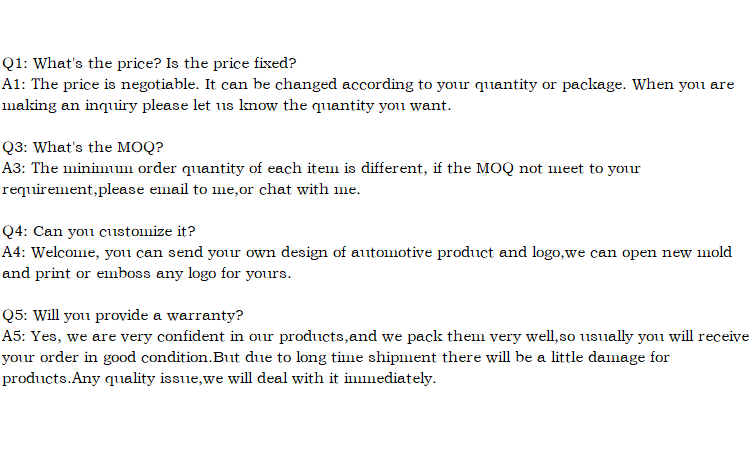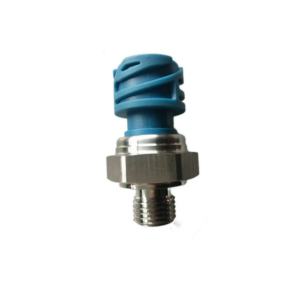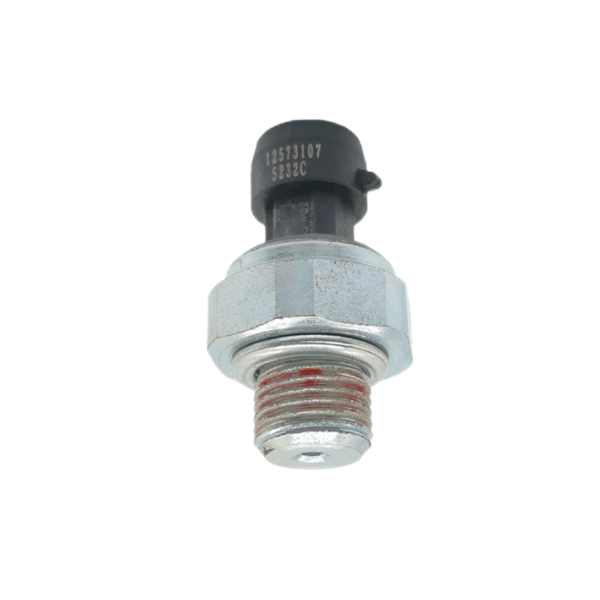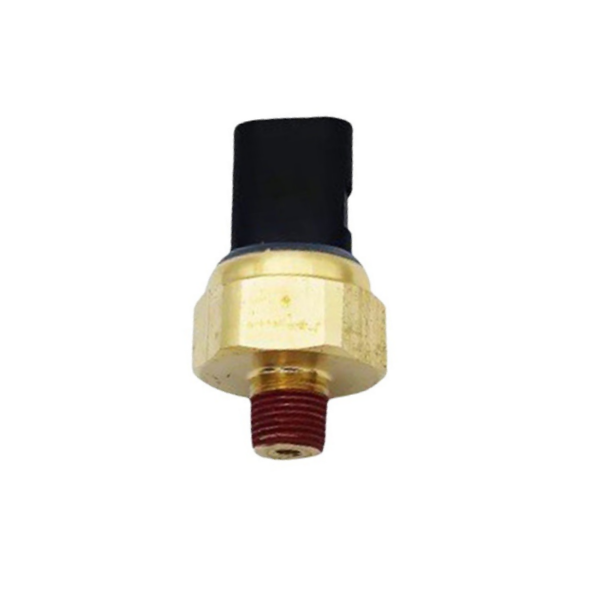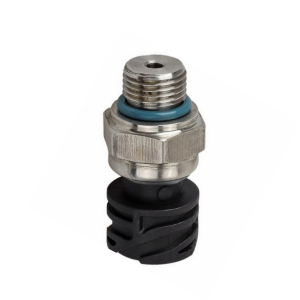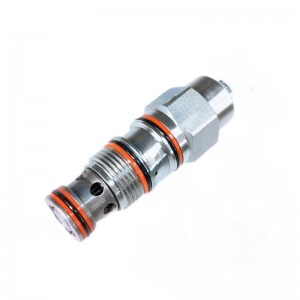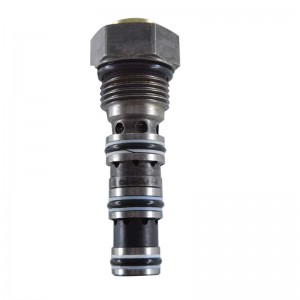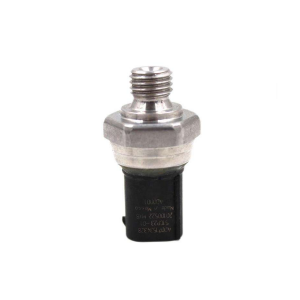Is suitable for fuel pressure sensor 52CP40-02 of Duff XF95 XF105 CF85
Product introduction
1. Temperature range of pressure sensor
Usually, a transmitter will calibrate two temperature calibration sections, one of which is the normal working temperature and the other is the temperature compensation range. The normal working temperature range refers to the temperature range when the transmitter is not damaged in the working state, and may not reach the performance index of its application when it exceeds the temperature compensation range.
The temperature compensation range is a typical range smaller than the working temperature range. The transmitter working in this range will definitely reach its due performance index. Temperature variation affects its output from two aspects, one is zero drift, and the other is full-scale output. Such as +/-X%/℃ of full scale, +/-X%/℃ of reading, +/-X% of full scale when out of temperature range, and +/-X% of reading when in temperature compensation range. Without these parameters, it will lead to uncertainty in use. Is the change of transmitter output caused by pressure change or temperature change? The temperature effect is a complicated part of understanding how to use the transmitter.
2, choose what kind of excitation voltage
The type of output signal determines what kind of excitation voltage to choose. Many pressure transmitters have built-in voltage regulating devices, so their power supply voltage range is large. Some transmitters are quantitatively configured and need a stable working voltage. Therefore, the working voltage determines whether to use sensors with regulators, and the working voltage and system cost should be considered comprehensively when selecting transmitters.
3. Do you need an interchangeable transmitter?
Determine whether the required transmitter can adapt to multiple use systems. This is very important in general, especially for OEM products. Once the product is delivered to the customer, the cost of calibration by the customer is quite large. If the product has good interchangeability, even if the transmitter used is changed, the effect of the whole system will not be affected.
4. The pressure sensor needs to maintain stability after working overtime.
Most sensors will "drift" after overwork, so it is necessary to know the stability of the transmitter before buying. This kind of pre-work can reduce all kinds of troubles in future use.
5. What kind of connection is used between the sensor and other electronic devices?
Is it necessary to use short distance connection? If long-distance connection is used, is it necessary to use a connector?
6. Packaging of pressure sensor
The packaging of the sensor is often overlooked as its frame, but this will gradually expose its shortcomings in future use. When purchasing the transmitter, we must consider the working environment of the sensor in the future, how the humidity is, how to install the transmitter, whether there will be strong impact or vibration, etc.
Product picture

Company details



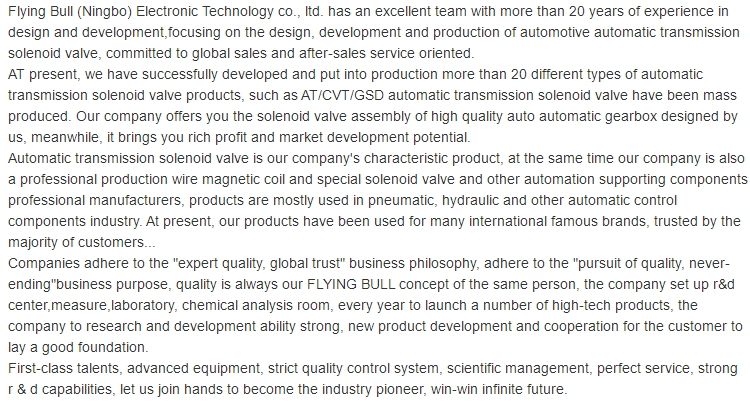
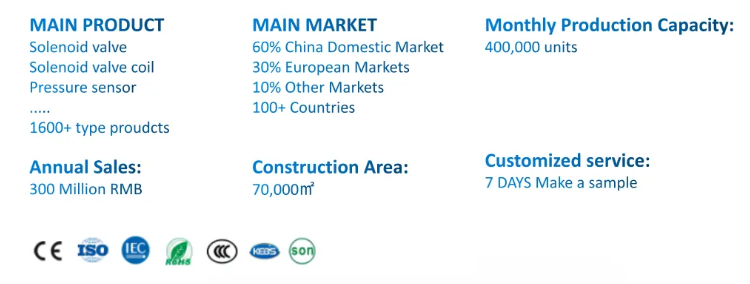


Company advantage
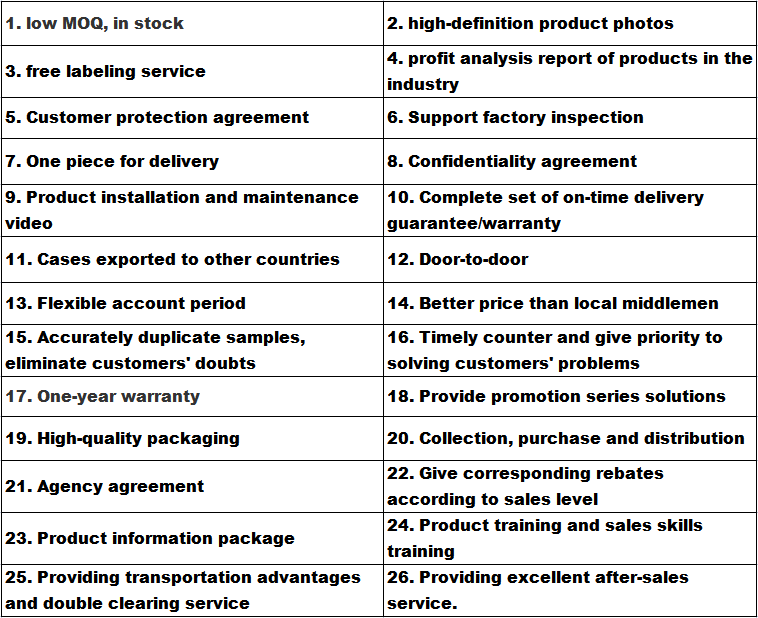
Transportation

FAQ
